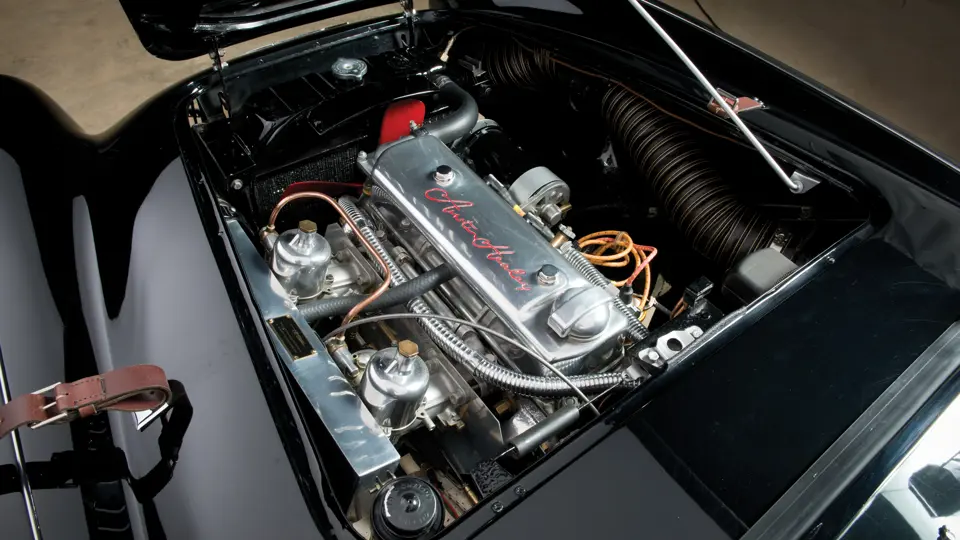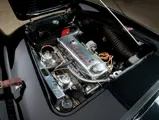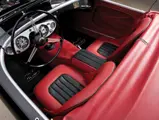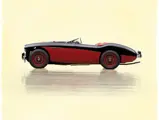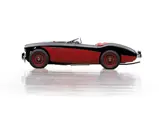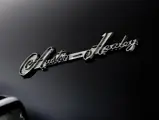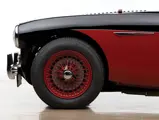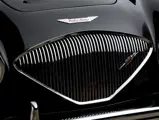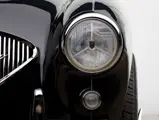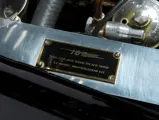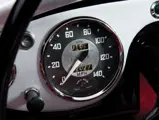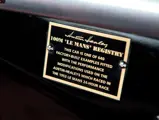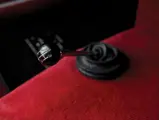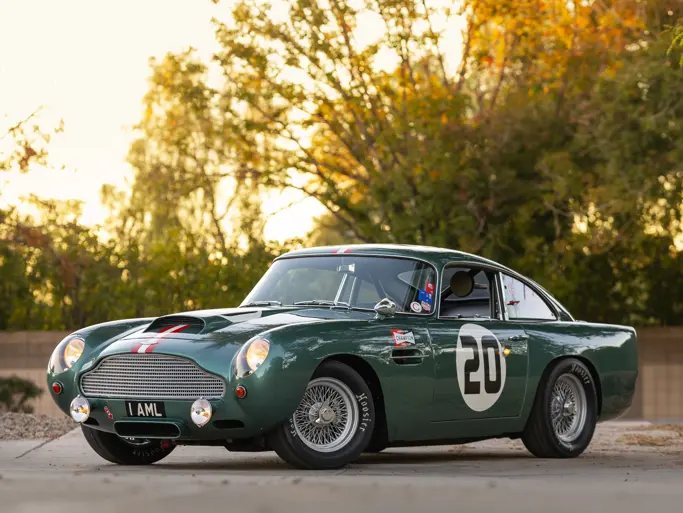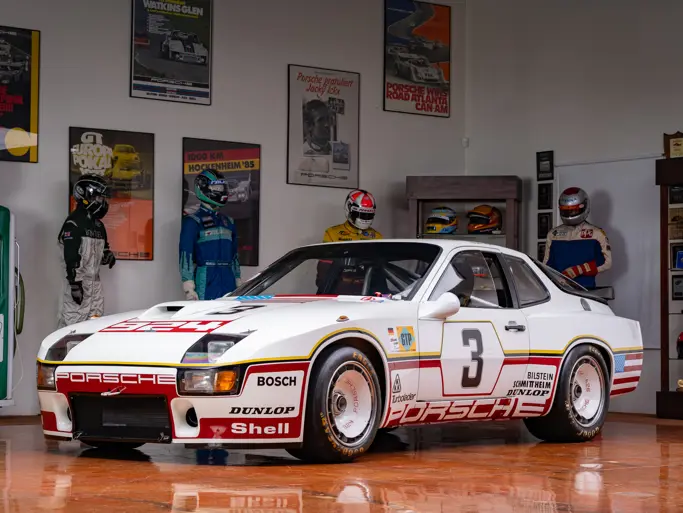110 bhp, 2,660 cc OHV inline four-cylinder engine, four-speed manual transmission with overdrive, coil-spring independent front suspension, live rear axle with semi-elliptical leaf springs, and hydraulic front disc and rear drum brakes. Wheelbase: 92 in.
In the early 1950s, former British rally driver Donald Healey looked for a new automobile to build. Using his own talents, he cooked up a car that borrowed the powertrain of Austin’s quirky A90 Atlantic—a 2,660-cubic centimeter, four-cylinder unit that had four overhead valves and 90 brake horsepower—and new sporting bodywork in the Triumph or MG mold. This car was badged as the Healey Hundred, and it was displayed at the 1952 Earls Court Motor Show, entrancing Austin Chairman Leonard Lord, who immediately struck a deal for his company to build it as the Austin-Healey.
As a car that was developed by a racing driver, the Austin-Healey was capable of everything that its designers had intended it to do. Healey, for instance, took one that was only lightly modified to the Bonneville Salt Flats in 1953, and he proceeded to set a number of speed and endurance records, with a recorded top speed of 142.636 mph. “It’s fast! It’s dependable! It’s record breaking!” ads screamed.
After building more than 10,000 BN1s in three years, more than half of which were exported to the United States, Austin introduced a new Healey, known as the BN2, for 1955. This car featured a four-speed transmission and was offered both in standard trim and as a new “hot” model, the 100 M. This model adopted larger carburetors, a high-lift cam, higher 8.1:1 compression, stiffer front suspension, and a louvered hood, which was secured by a leather strap. These engine modifications, with the exception of the high-compression pistons, could be dealer-installed as the Le Mans kit, and they were also available at the parts counter for owner application. True factory-built 100M Le Mans Competition Roadsters accounted for only 640 cars, which are all tracked and documented by a dedicated registry and the British Motor Industry Heritage Trust.
This factory-built car is documented by a BMIHT Certificate, as well as a registry certificate, as being one of those 640 100 Ms. It is also accompanied by a selection of documentation from earlier owners, who provided detailed information on its restoration. It was originally built with left-hand drive for American export and finished in the color combination that it wears today, Black and Reno Red. It is also still powered by its original engine. This car has been well-preserved over the years, and it displays an impressive level of craftsmanship, including a new red and black interior with color-coordinated carpet and a black top. The engine bay, with its polished surfaces, is also very presentable.
Undoubtedly, this genuine factory-built 100 M Roadster will attract a great deal of attention at vintage events for its superb performance and at shows for its striking good looks.
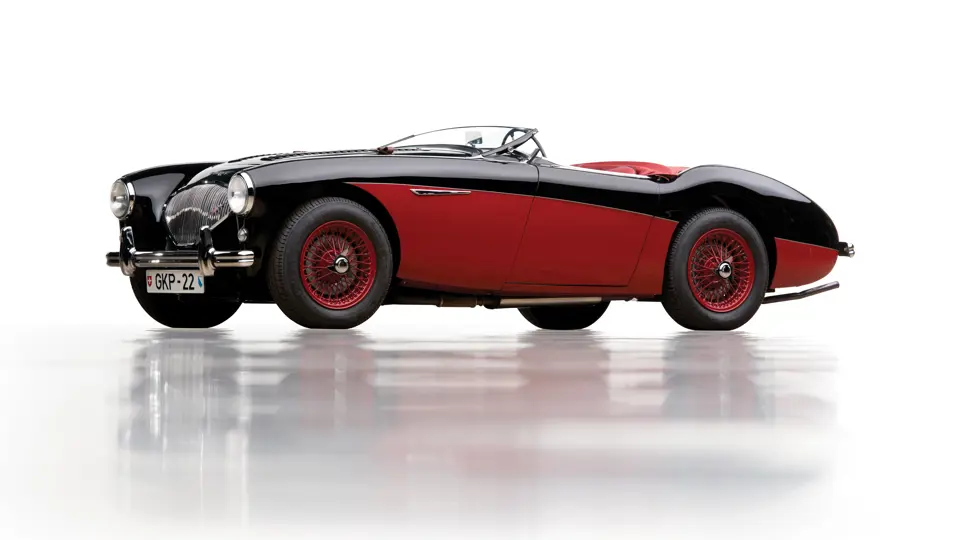

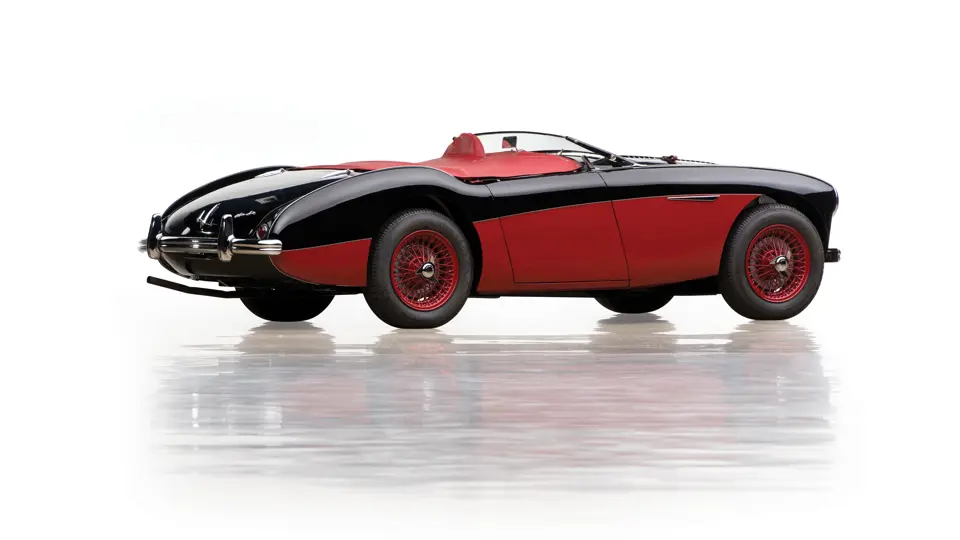



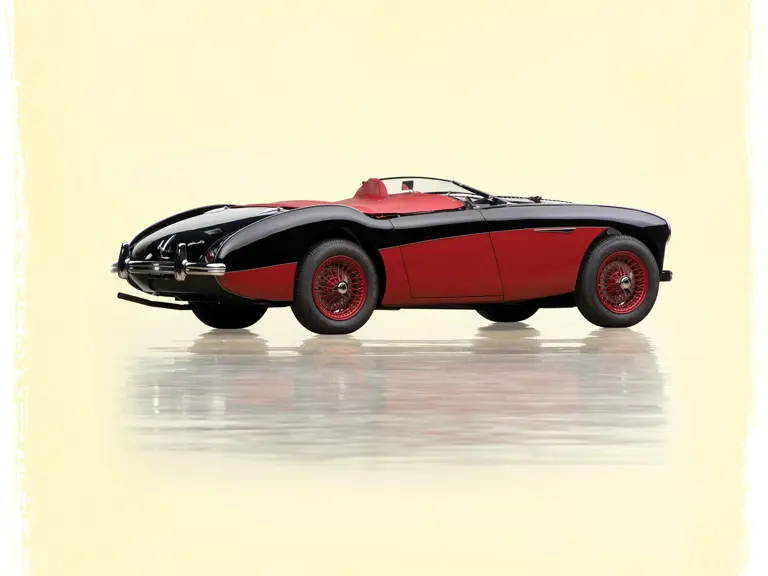
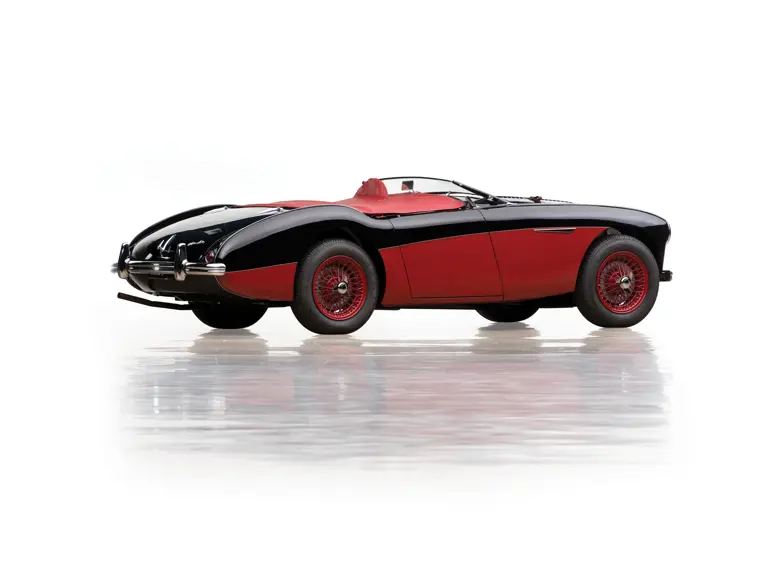
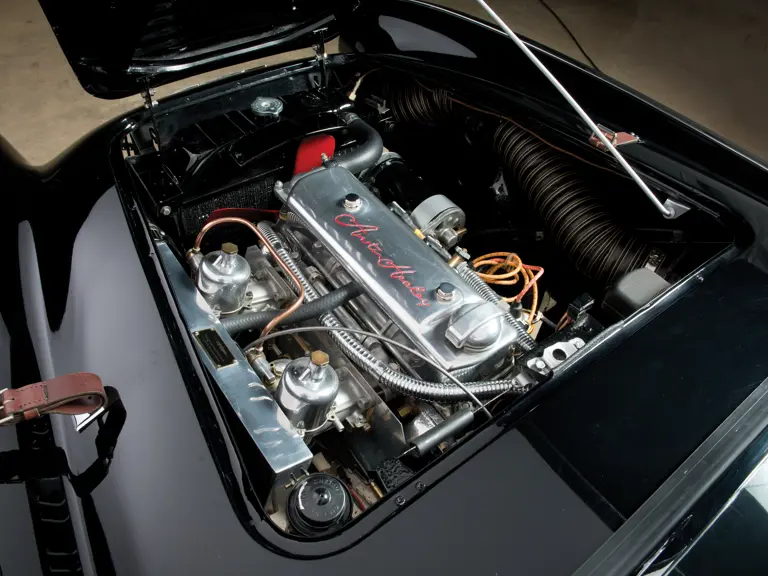
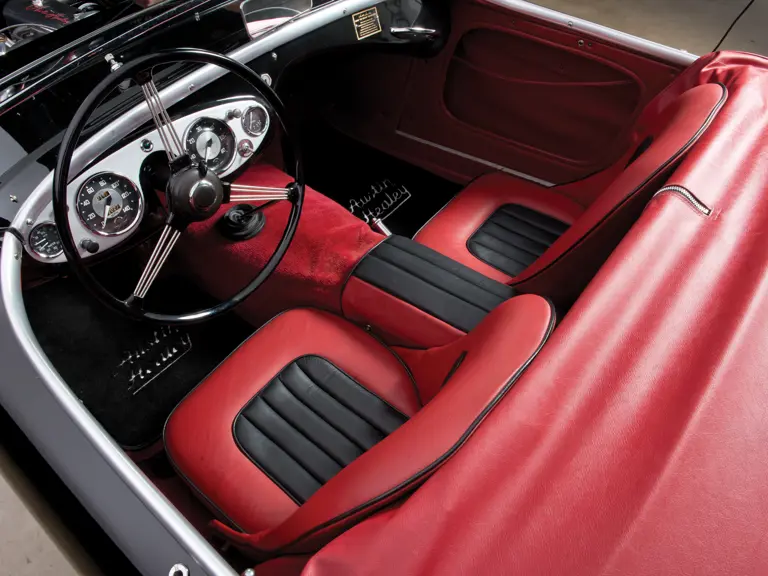
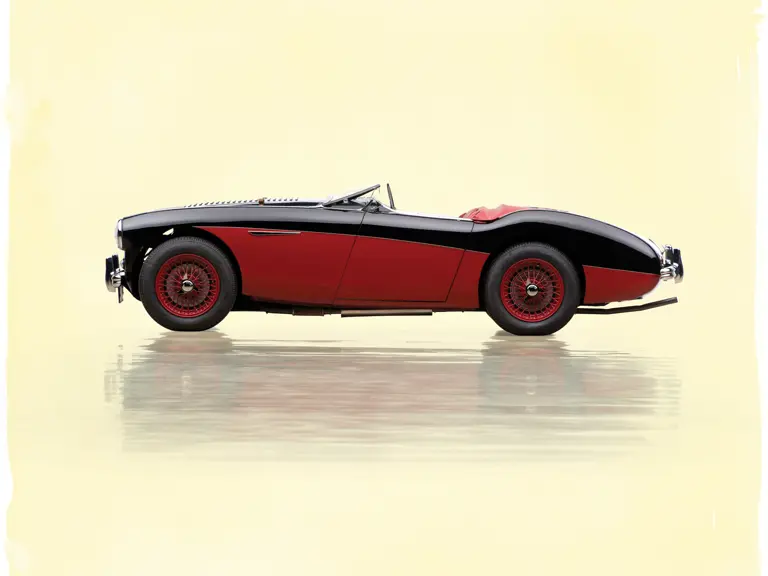
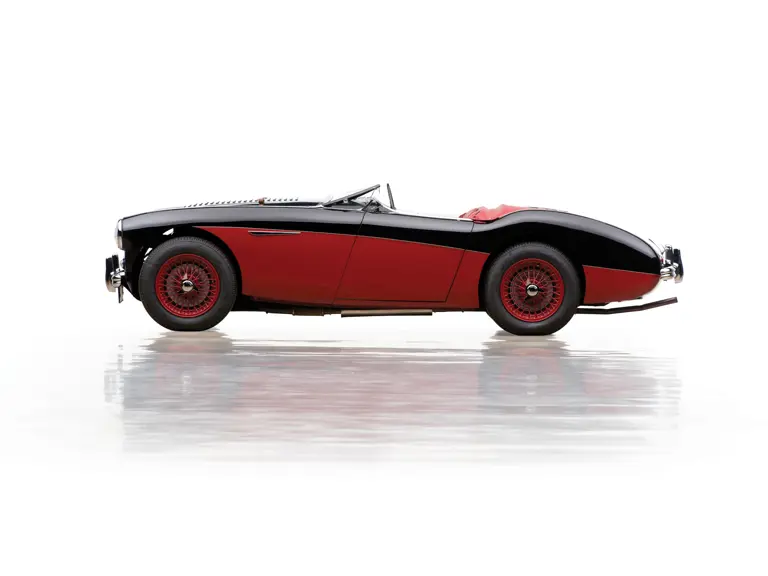
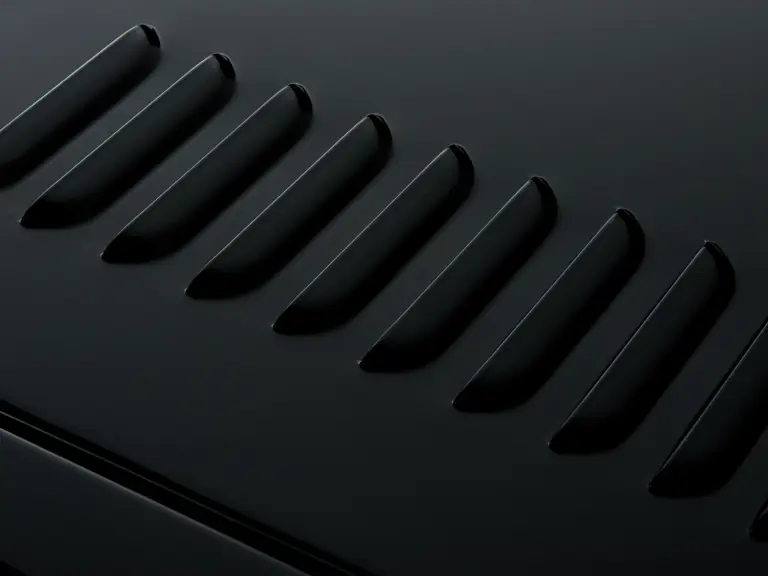
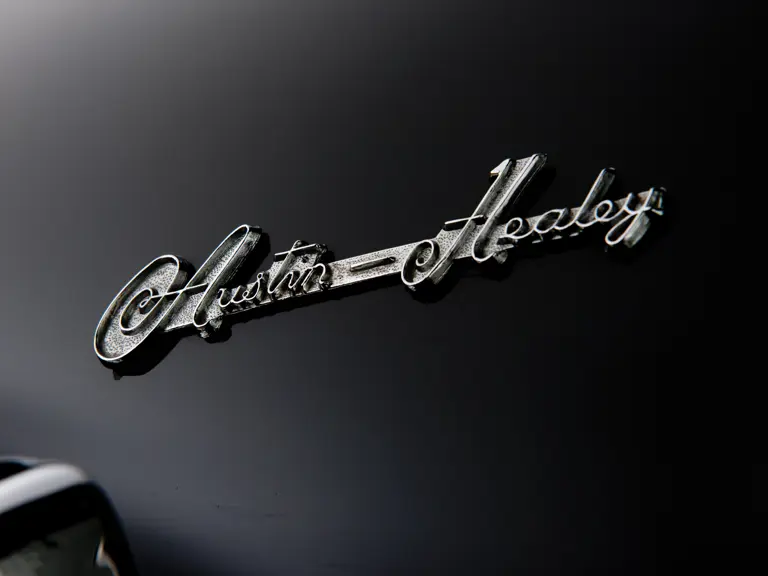
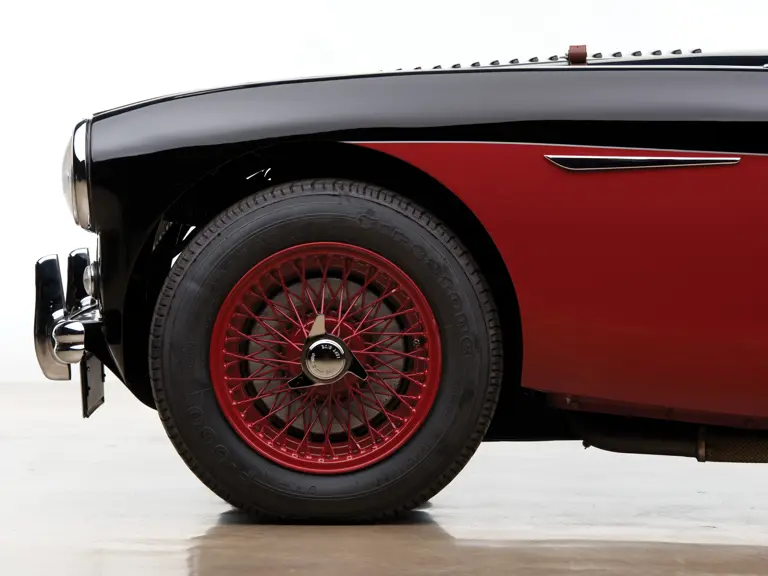
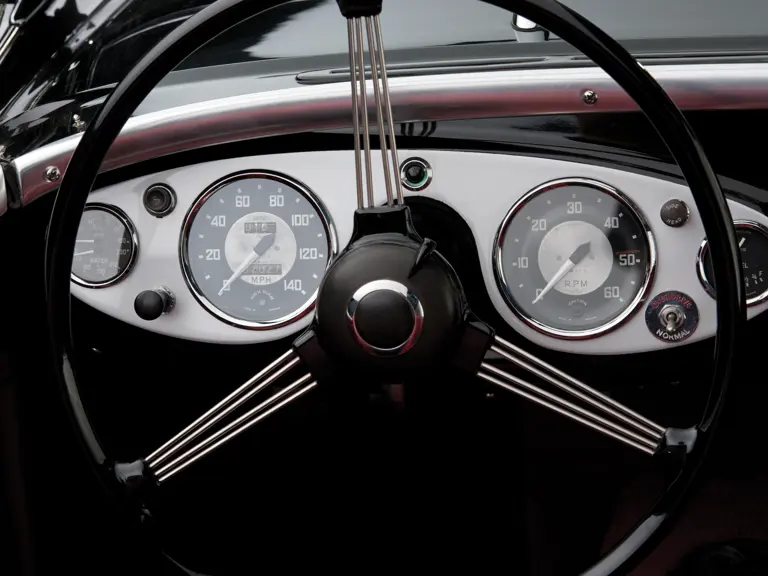
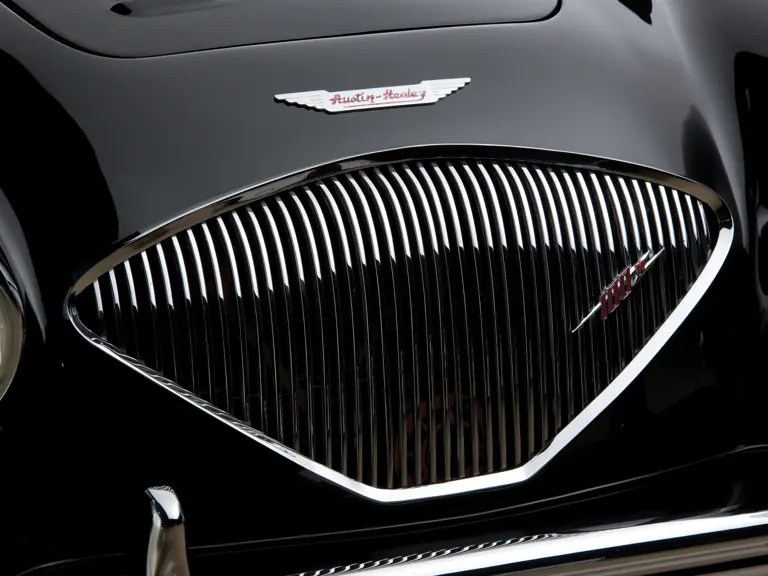
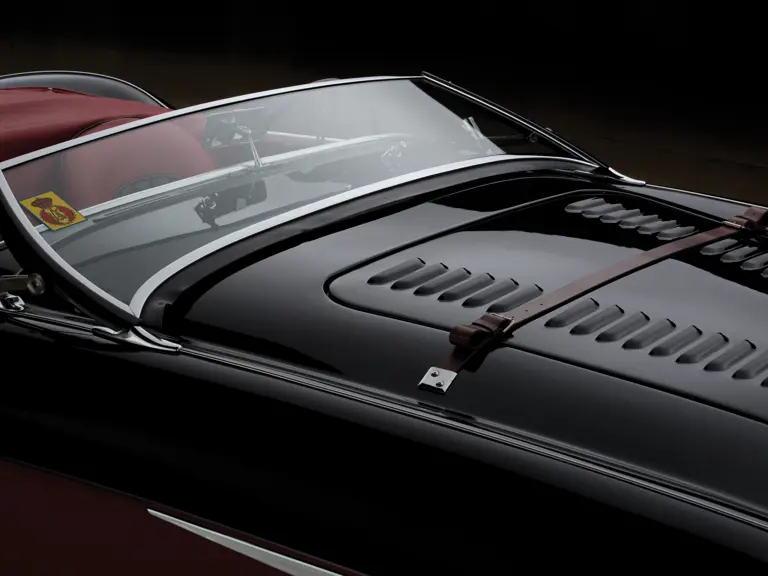
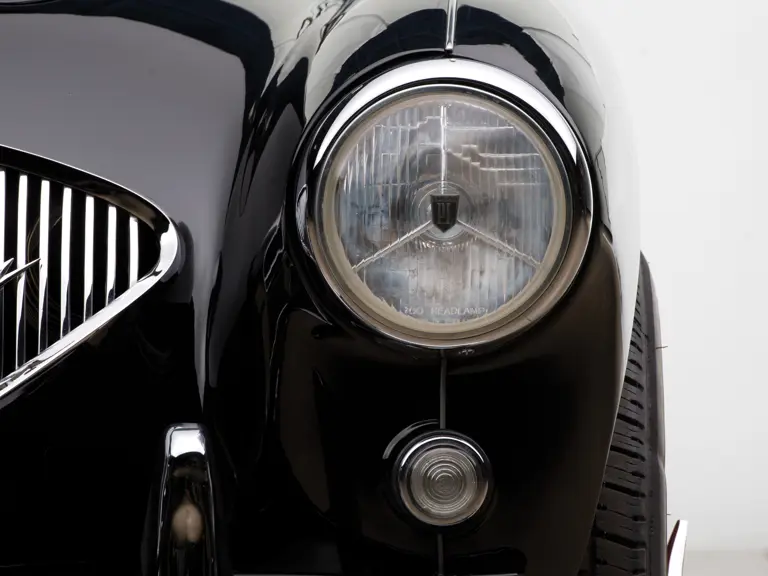
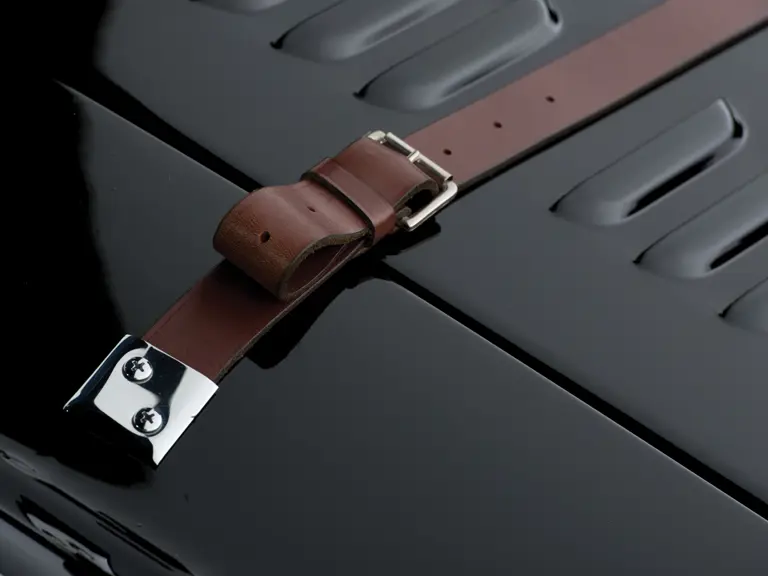
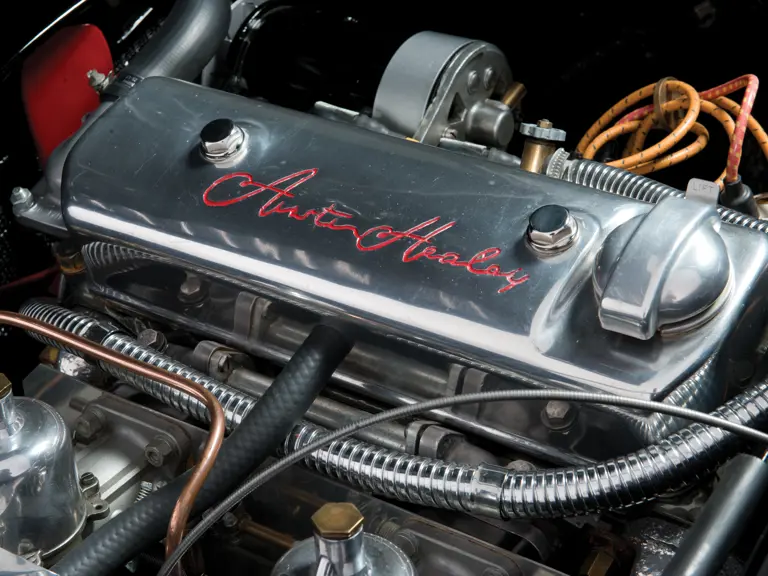
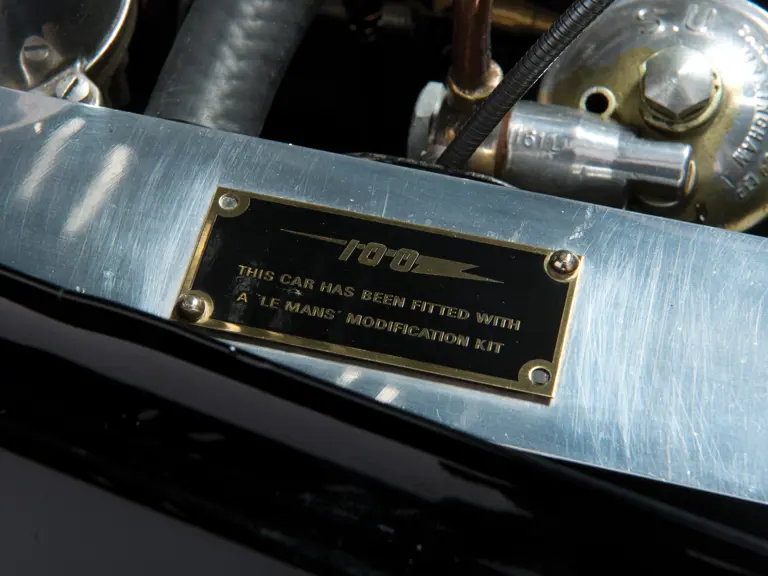



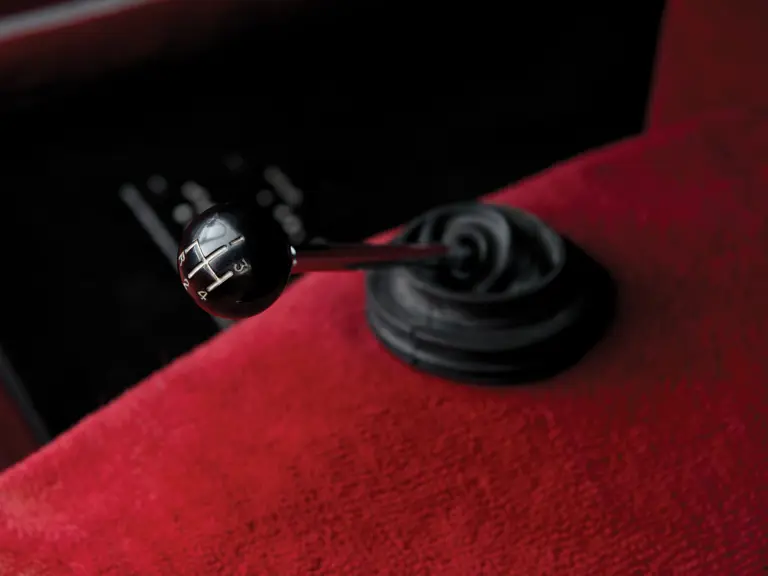
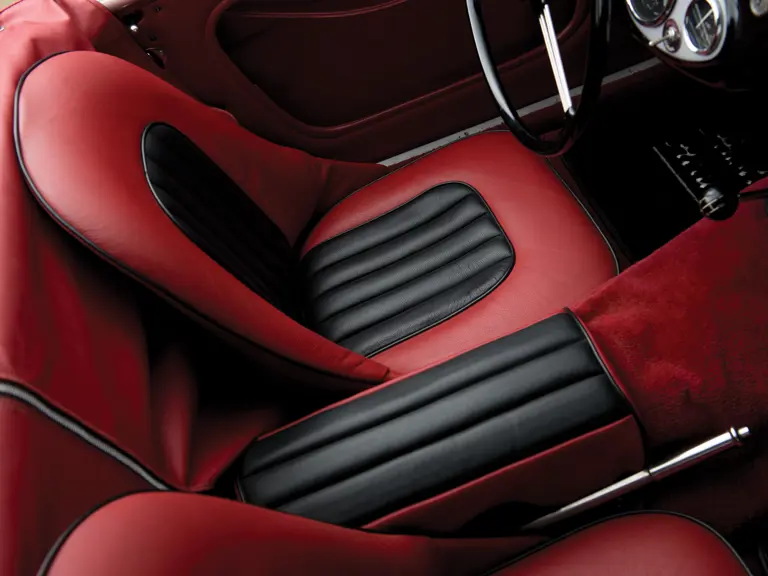
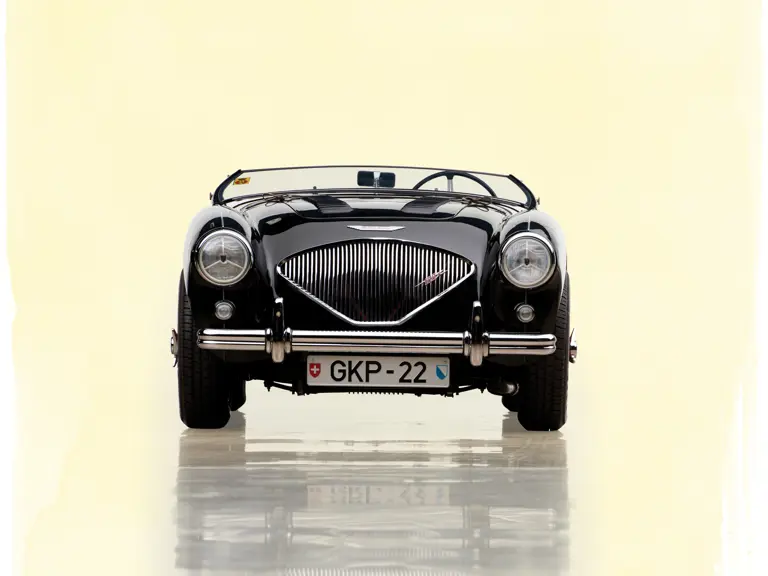

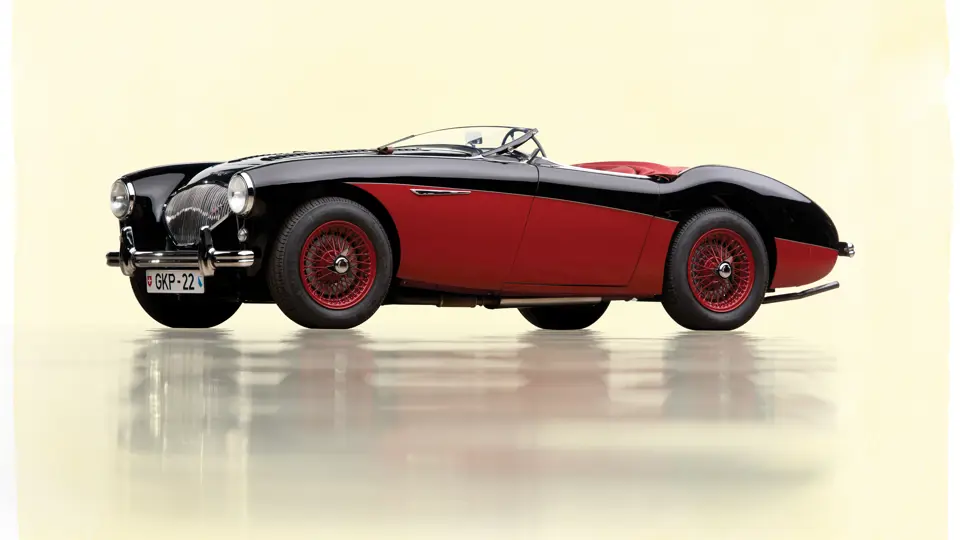
 | Fort Worth, Texas
| Fort Worth, Texas
